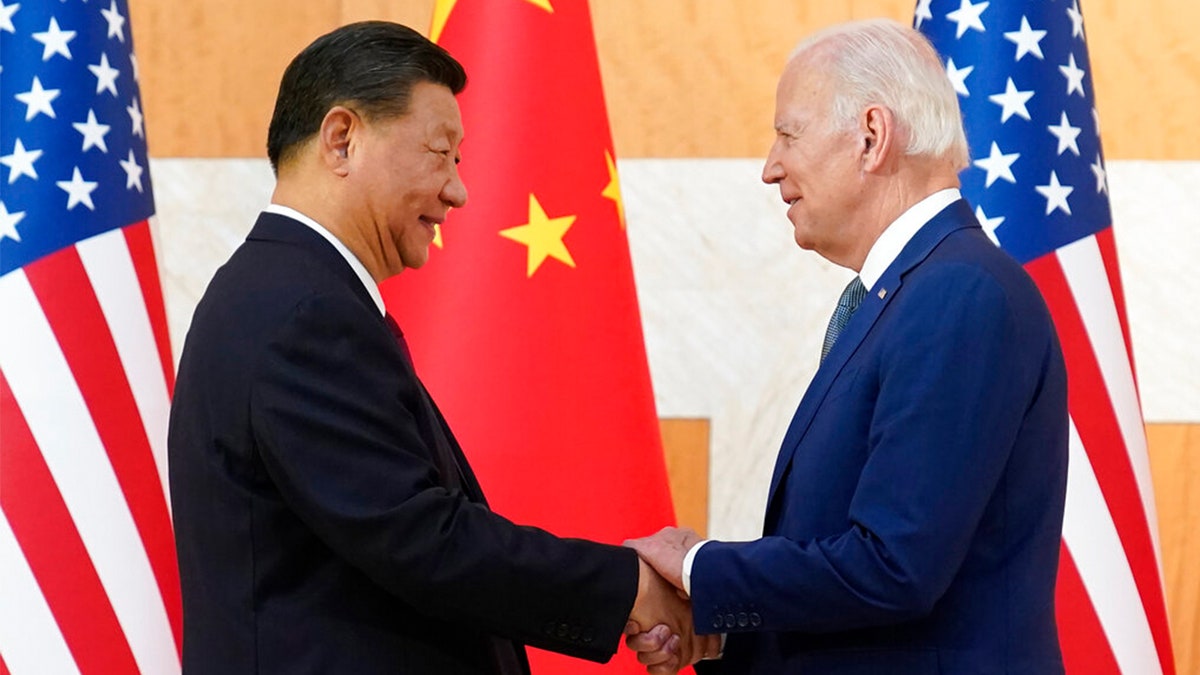Potential Tariffs On Aircraft And Engines: Trump Administration's Next Move

Table of Contents
The Rationale Behind Potential Aircraft and Engine Tariffs
The potential imposition of tariffs on aircraft and engines isn't arbitrary; several justifications could be driving this consideration.
-
Allegations of Unfair Trade Practices: The administration might cite allegations of unfair trade practices by foreign competitors, such as accusations of government subsidies that give foreign manufacturers an unfair advantage. Dumping, the practice of selling goods below cost to gain market share, is another potential justification. These claims often center around the competitive landscape between Boeing and Airbus, with each accusing the other of receiving illicit government support. This leads to accusations of unfair competition that could justify retaliatory tariffs on aircraft and engines.
-
National Security Concerns: National security is another significant argument. Over-reliance on foreign suppliers for critical components could be seen as a vulnerability. Tariffs could be presented as a means of bolstering domestic manufacturing capabilities and reducing dependence on potentially unreliable international partners. This argument often emphasizes the strategic importance of the aerospace industry and the need to protect sensitive technologies.
-
Retaliatory Measures: The potential tariffs might be a retaliatory measure in response to tariffs imposed by other countries on US goods. This tit-for-tat approach to trade disputes is a common feature of trade wars, and the aircraft and engine industry could become a significant battleground.
The World Trade Organization (WTO) plays a crucial role in regulating international trade. Its rules govern the use of tariffs and provide a framework for resolving trade disputes. However, the WTO's effectiveness in preventing or resolving trade wars is often debated, with various countries sometimes circumventing or ignoring its rulings.
The economic arguments for and against aircraft and engine tariffs are complex.
Potential Benefits:
- Protection of domestic jobs in the US aerospace industry.
- Stimulation of domestic manufacturing and innovation.
- Reduced reliance on foreign suppliers.
Potential Drawbacks:
- Higher prices for consumers due to increased import costs.
- Reduced global trade and potential for retaliatory tariffs.
- Disruption of global supply chains.
- Negative impact on international relations.
Impact on the Aerospace Industry: Manufacturers and Suppliers
The consequences of aircraft and engine tariffs would be far-reaching for the aerospace industry.
Major Aircraft Manufacturers (e.g., Boeing, Airbus):
- Production Disruptions: Tariffs could lead to significant production disruptions as manufacturers struggle to source parts and materials.
- Cost Increases: Increased input costs due to tariffs would inevitably lead to higher aircraft prices.
- Supply Chain Challenges: Complex global supply chains would be severely impacted, leading to delays and potential shortages.
Engine Manufacturers (e.g., Rolls-Royce, GE Aviation):
- Job Losses: Tariffs could result in job losses and reduced investment in research and development.
- Reduced Competitiveness: Increased costs could severely hamper the competitiveness of engine manufacturers in the global market.
The threat of aircraft and engine tariffs could also trigger a wave of mergers and acquisitions within the industry as companies seek to consolidate and reduce vulnerabilities.
Consequences for Consumers and the Global Economy
The impact of aircraft and engine tariffs extends beyond manufacturers, directly affecting consumers and the global economy.
Impact on Consumers:
- Higher Air Travel Costs: Increased aircraft and engine costs would likely translate to higher airfares and air freight costs.
- Disrupted Global Supply Chains: Higher air freight costs would disrupt global supply chains, increasing the cost of goods across various sectors.
Global Economic Implications:
- Retaliatory Tariffs and Trade Wars: The imposition of aircraft and engine tariffs could spark retaliatory tariffs from other countries, escalating into a full-blown trade war.
- Reduced Global Economic Growth: Trade wars generally hinder global economic growth by reducing trade volumes and increasing uncertainty.
International Relations and Geopolitical Implications
The potential imposition of aircraft and engine tariffs carries significant geopolitical implications.
- Strained US Relationships: The tariffs could severely strain US relationships with key trading partners, particularly those heavily involved in the aerospace industry.
- Impact on International Aviation Agreements: The tariffs could undermine existing international aviation agreements and regulatory frameworks.
- Diplomatic Efforts: There will likely be significant diplomatic efforts to de-escalate tensions and prevent a full-blown trade war.
Conclusion
The potential imposition of tariffs on aircraft and engines represents a significant challenge to the aerospace industry and the global economy. Understanding the motivations behind these potential tariffs, as well as their potential consequences for manufacturers, consumers, and international relations, is crucial. While the rationale behind such tariffs may be multifaceted, the potential economic and geopolitical repercussions are substantial. Staying informed about developments regarding aircraft and engine tariffs is vital for businesses and consumers alike. Continue to monitor the news and engage in informed discussions to understand the evolving landscape of this critical trade issue. Further research into the specific details of any proposed aircraft and engine tariff policies is highly recommended.

Featured Posts
-
 Should You Invest In Palantir Stock Before May 5 2024
May 10, 2025
Should You Invest In Palantir Stock Before May 5 2024
May 10, 2025 -
 China Re Evaluates Canola Supply Sources After Canada Relations Sour
May 10, 2025
China Re Evaluates Canola Supply Sources After Canada Relations Sour
May 10, 2025 -
 Palantir Stock Analyzing Q1 2024 Earnings Government Vs Commercial Growth
May 10, 2025
Palantir Stock Analyzing Q1 2024 Earnings Government Vs Commercial Growth
May 10, 2025 -
 Floridai Transznemu No Letartoztatasa Noi Mosdo Hasznalata Kormanyepueletben
May 10, 2025
Floridai Transznemu No Letartoztatasa Noi Mosdo Hasznalata Kormanyepueletben
May 10, 2025 -
 Stiven King Pro Maska Ta Trampa Zrada Ta Obozhnyuvannya Putina
May 10, 2025
Stiven King Pro Maska Ta Trampa Zrada Ta Obozhnyuvannya Putina
May 10, 2025
